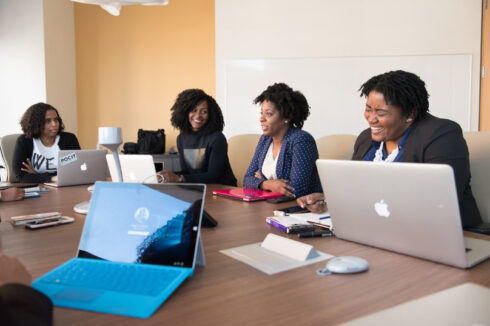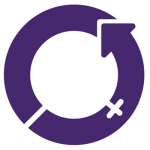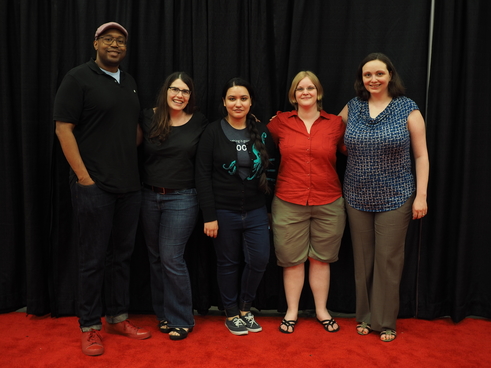
Diversity and inclusion initiatives have helped support the growth of women in tech, but more work is needed to achieve equality in the workplace; According to the Women in Tech Network, “at the current pace of change it will take 132 years until the economic gender gap is closed.”
So what can be done to close that gap? There are a lot of actions that can be taken to support women in tech, and for International Women in Engineering Day – an annual holiday hosted by the Women’s Engineering Society on June 23 that recognizes and celebrates the accomplishments of women in the industry – we spoke with several women to learn what initiatives are most impactful.
For example, companies can create guilds or special groups for women or other minorities that can help provide a support system and networking opportunities.
Aviva Peisach, head of R&D for Wix’ Identity company, says that if a group doesn’t exist within your organization, you can create one. “We’re now establishing one internally in Wix,” she said. “We didn’t have that before, and we had an engineer that joined and said, ‘Why don’t you have it? Let’s do it.’ So we did.”
Women can also seek out groups external to their organization. Peisach is a member of an internal guild at Wix, but she’s also a part of a larger group called Women in Tech Israel. “We do a meetup every two months or so,” she said. “And every meetup includes two talks. One is about diversity and empowerment, and this is where we give tools for career growth, preparation for interviews, promoting yourself or your career, and advancing your career. And the second talk would typically be about technology because this is what we’re passionate about.”
In other words, building a supportive network is crucial to success. And according to Peisach, this can be made up of many different types of people, from colleagues to friends to family members.
Similarly, Peisach says cultivating a strong relationship with your manager is important. She says that it’s beneficial for them to know what your professional goals are as well.
Companies can also support women with inclusive policies, such as maternity leave and flexible schedules, but on top of these policies, companies also need to build “a culture of acceptance and empowerment that needs to happen,” said Amanda Freick, chief revenue officer at Altruistic. “In my opinion, I don’t want to be treated ‘special’, and I don’t want to be treated the ‘same’… I am not the same as my male counterparts, we are all incredibly different. I just want to be heard, respected and valued.”
Nandita Gupta, an Accessibility product manager at Microsoft, added: “Inclusion to me means bringing different voices to the table so we can all be part of the change and design … Leadership is not only about leading a team — sometimes it means being a voice for others who are not being heard.”
In addition, getting elementary aged children excited about STEM can lead to positive change down the road.
“There are surely more women coming into engineering and tech – but if we really want to make an impact, we have to start young,” said Freick. “Bringing meaningful STEM education to elementary and middle schools can inspire the next generation of incredible engineers!”
Peisach — in addition to her role at Wix — also teaches computer science to elementary school students. “This is actually my daughter’s class, and it was really important for me to do it since it was important for me for the girls to see a role model within engineering,” she said.
She said it’s also important to do this at a young age because this is when kids are still fairly free of societal gender biases. “As much as we’d like to think that we’re very advanced and each and every one of us thinks in a very equal way, unfortunately, that’s not what’s happening on a daily basis. And there are still biases, thinking that boys are more oriented to STEM professions and girls are less.”
This is her first year teaching and she said the experience has been amazing so far because the girls are really passionate about learning about computer science, and she is hopeful that spark will continue with them as they grow.
Finally, Laura Thomson, SVP of Engineering at Fastly, wants everyone to remember that while the field is dominated by men today, it hasn’t always been that way. She said when she was studying computer science and engineering in college there were more women than men.
“This career has followed a typical historic pattern over the years, where as the jobs become higher status and better paid, they become dominated by men,” said Thomson. “It’s important to remember that many programmers and mathematicians in the mid-twentieth century were women, from the cryptographers at Bletchley Park in World War II to the ‘computers’ who worked on the space program. Women have always been here, and we will always be here. I also believe we are seeing a resurgence in numbers more recently.”
She also noted that currently her team is half women and the leadership on that team is also half women. “So I think it’s fair to say we’re making progress,” she said.






